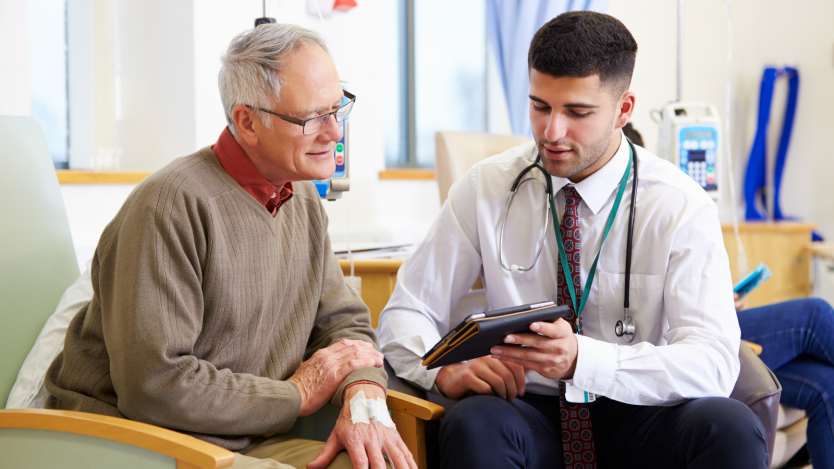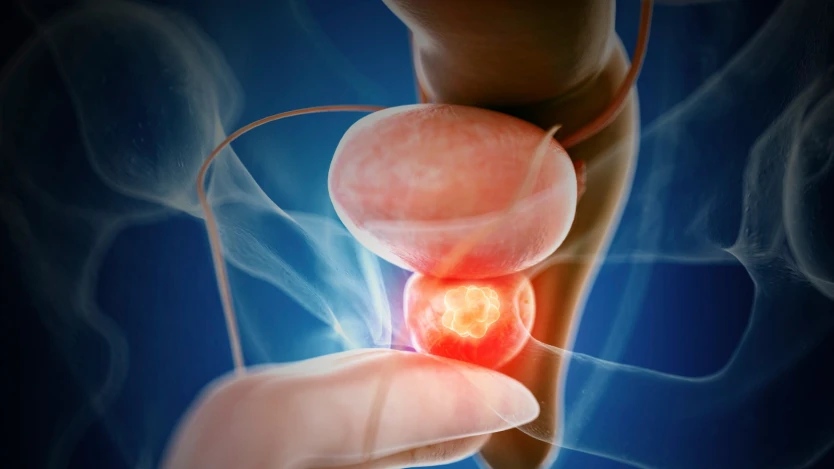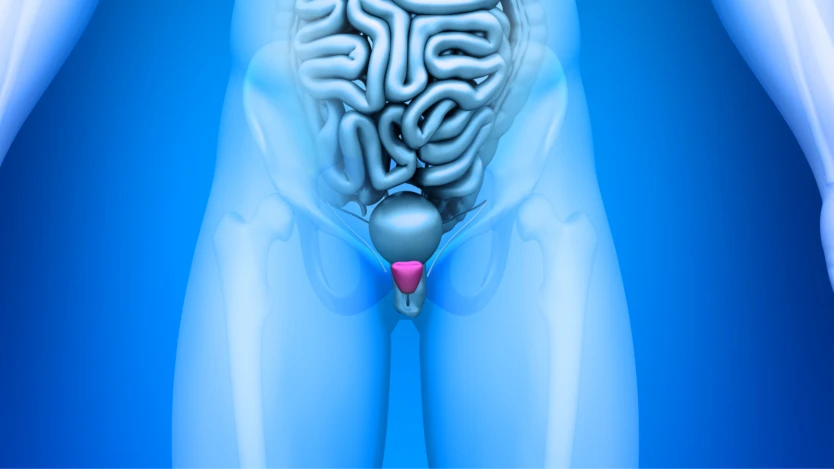Postoperative period for TURP surgery

- What is TURP surgery?
- Is TURP a complex surgical procedure?
- What is the postoperative period after TURP surgery?
- The difficulty of the transurethral resection of the prostate is of an intermediate nature and allows the size of the prostate to be reduced without having to open the patient.
- During the postoperative period after TURP surgery, the patient remains in hospital for up to 3 days before being able to return home.
- During the postoperative period after TURP surgery, the patient should avoid sexual intercourse for the first 3 weeks.
What is TURP surgery?
Transurethral resection of the prostate or TURP surgery is an operation of intermediate difficulty that consists of the introduction of a device called a resectoscope through the urethra, which is the tube that runs from the tip of the penis and through it to the bladder.
This surgical instrument is shaped like a tube, measuring no more than a few millimetres in width and allows a camera attached to its end to visualise the route along which the rectoscope is introduced, allowing instruments to be introduced through it once the location of the prostate has been reached, with which the prostate can be fractionated from the inside and extracted through the same device, thus reducing the size of the prostate or even removing it completely.

Do you need TURP surgery?
Request a free and immediate appointment with our specialists in Urology
Is TURP a complex surgical procedure?
TURP can be considered an intermediate surgical procedure as it does not require an opening of the abdominal wall to remove the prostate, but it must be performed inside an operating theatre under systemic anaesthesia.
The type of anaesthesia under which TURP surgery is performed is usually a spinal anaesthesia, i.e. anaesthesia that is introduced via a special syringe into the spinal space of the spine at the level of the mid lumbar vertebrae.
This type of anaesthesia allows the lower abdomen and lower limbs to be put to sleep without depressing the CNS or the respiratory system so that the patient does not need to be intubated, avoiding the complications associated with this type of mechanical ventilation.

Although from the surgical point of view it is an intervention of medium-low duration, the need for this type of anaesthesia and the complexity for the removal of the prostate by means of the resectoscope is what establishes this type of intervention as intermediate risk.
What is the postoperative period after TURP surgery?
Once the procedure is completed, the patient will be taken to the recovery room where they will remain until their vital signs are stabilised and they can again feel and move their lower limbs.
After this, the patient will be taken to a hospital room where they will remain for 1 to 3 days until complete recovery is achieved in terms of nutrition, pain control and urination through the bladder catheter without the presence of blood or haematic debris.
During this time you will wear a foley catheter in the bladder to allow the extraction of urine and allow monitoring of diuresis or amount of urine excreted daily and verification of cessation of bleeding in the postoperative period.
In certain circumstances it is possible that the patient may be discharged from hospital and may have to wear the urinary catheter at home for a few more days.
The bladder catheter is a fine-gauge, urine-collecting device that can be securely anchored to one of your legs so that you can carry out everyday tasks without having to sit or lie in bed.
The bladder catheter can be left in place for up to a week or ten days, depending on the evolution of the postoperative period.
The objective of bladder catheterisation is to verify that the urine comes out clear and without haematic remains, and this resolution will vary from patient to patient depending on the characteristics of each one of them and the treatment they have to follow for this or other reasons.

At home, the patient will be able to return to normal activities 3 to 6 weeks after transurethral resection of the prostate.
During this period, the patient should rest, but also walk and move around to prevent inactivity from delaying the patient's return to daily life.
During this progressive period of recovery of the patient's functionality, it is important that moderate-severe abdominal efforts that result in an increase in pressure in the recently operated pelvic area are avoided.
To this end, heavy weights and violent exercises such as sit-ups, contact sports and prolonged running or cycling sessions should be avoided.

Do you need TURP surgery?
Request a free and immediate appointment with our specialists in Urology
The diet during the recovery period should be normal and healthy. In this sense, it is advisable to avoid constipation with the help of a diet rich in fibre and liquids, avoiding fizzy drinks, alcoholic beverages, coffees and teas, to avoid predisposing factors to bladder irritation and difficulty in defecation.
If during the post-operative process and once the bladder catheter has been removed, signs and symptoms appear such as itching when urinating or dysuria, the need to urinate several times a day or pollakiuria and the sensation of not having passed the usual amount of urine or urgency, you should see your urologist to assess for a possible urinary infection.
The presence of blood with the naked eye should also be a reason for urgent consultation with the urologist, especially if it is after the second week and if there was no previous bleeding.
Fever and abdominal pain are other important symptoms that should be discussed at subsequent follow-up appointments.
Finally, from the point of view of sexual activity, sexual intercourse should be avoided for 3 to 4 weeks after the operation, as hyperstimulation of the newly operated region and the microtrauma caused during intercourse may impair the normal postoperative course and hinder the normal healing of the prostate and bladder tissue that has been operated on.

Symptoms of improvement after transurethral resection of the prostate occur immediately after removal of the urinary catheter. Mild discomfort during urination may be normal for the first few days after catheter removal, but usually disappears by the 10th day.
The amount and duration of urination is rapidly increased and improved, and the symptoms of benign prostatic hyperplasia disappear in the first few postoperative days.
Medical disclaimer: All the published content in Operarme is intended to disseminate reliable medical information to the general public, and is reviewed by healthcare professionals. In any case should this information be used to perform a diagnosis, indicate a treatment, or replace the medical assessment of a professional in a face to face consultation. Find more information in the links below:
